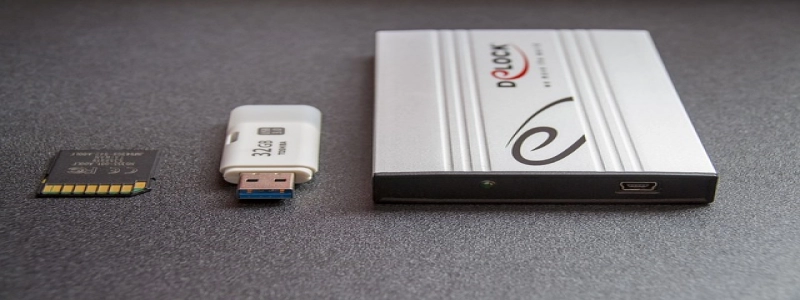10G Ethernet to SFP+: A Detailed Explanation
Introduction:
In today’s fast-paced digital world, high-speed internet connectivity is crucial for businesses and individuals alike. One such technology that has revolutionized networking and data transmission is 10 Gigabit Ethernet (10G Ethernet). This article aims to provide a detailed explanation of 10G Ethernet to SFP+ (Small Form-Factor Pluggable) connectivity and its significance in modern data communication.
I. What is 10G Ethernet?
10G Ethernet is a standard for high-speed data transmission over Ethernet networks. It provides a data transfer rate of 10 gigabits per second (Gbps), which is ten times faster than the previous standard of Gigabit Ethernet. 10G Ethernet is widely used in data centers, enterprise networks, and other environments where rapid data transmission is essential.
II. Understanding SFP+ Technology:
SFP+ or Small Form-Factor Pluggable Plus is a compact, hot-pluggable transceiver module widely used in networking equipment. It supports data rates up to 10 Gbps and is a popular choice for building high-speed Ethernet connections. SFP+ modules are available in various interfaces, including Ethernet, Fibre Channel, and InfiniBand.
III. Benefits of 10G Ethernet to SFP+ Connectivity:
1. Flexibility: 10G Ethernet to SFP+ connectivity offers flexibility as SFP+ modules can be easily swapped out or upgraded as per the network requirements. It allows network administrators to adapt to changing needs without replacing the entire network infrastructure.
2. Cost-effective: Upgrading to 10G Ethernet using SFP+ is a cost-effective solution compared to other alternatives. Instead of investing in expensive cabling or infrastructure upgrades, organizations can simply replace the existing SFP modules with SFP+ modules for higher data speeds.
3. Compatibility: SFP+ modules are backward compatible with lower-speed SFP modules, providing seamless integration with existing infrastructure. This compatibility feature ensures a smooth transition to 10G Ethernet without disrupting the overall network operations.
4. Scalability: 10G Ethernet to SFP+ connectivity enables scalability, allowing organizations to increase network capacity without significant investments or disruptions. By deploying additional SFP+ modules, businesses can expand their network bandwidth as per the growing demands of data transmission.
5. Transmission Distance: SFP+ modules support a wide range of transmission distances, including short-reach, intermediate-reach, and long-reach. This flexibility makes 10G Ethernet via SFP+ suitable for both local area networks (LANs) and wide area networks (WANs).
IV. Applications of 10G Ethernet to SFP+:
1. Data Centers: In large data centers where high-speed data transmission between servers, storage devices, and switches is crucial, 10G Ethernet to SFP+ connectivity provides efficient and reliable connectivity.
2. High-Performance Computing: SFP+ modules integrated with 10G Ethernet enable high-performance computing by providing fast data transfer rates between compute nodes.
3. Video Surveillance: For video surveillance systems that require real-time streaming and high-definition video transmission, 10G Ethernet to SFP+ connectivity ensures smooth and uninterrupted data transmission.
Conclusion:
In conclusion, 10G Ethernet to SFP+ connectivity is a reliable and cost-effective solution for achieving high-speed data transmission in modern networks. Its flexibility, compatibility, scalability, and wide range of applications make it an ideal choice for organizations seeking faster and efficient network connectivity. As the demand for faster data transmission continues to grow, 10G Ethernet to SFP+ remains a critical component in the networking industry.







